Can Tho City after the merger possesses a very rich cultural heritage, which is a potential resource for developing cultural industry, promoting tourism , and promoting the local image. The question is what to do to make the "original energy" of Can Tho develop brilliantly, in harmony with the country's rising era?
Can Tho Market House relic, Ninh Kieu ward. Photo: DUY KHOI
Lesson 1: Through the heritage area of Can Tho
Can Tho City after the merger has a large cultural space, rich in types, from garden culture, river culture, sea culture to ethnic community culture. Over hundreds of years, Can Tho people have created a Can Tho heritage area full of identity.
The "gems"
According to statistics from the Department of Culture, Sports and Tourism, after the merger, Can Tho City has 108 ranked historical and cultural relics, including 1 special national relic, 31 national relics and 76 city-level relics. Regarding the distribution area, before the merger, Can Tho City had 15 national relics and 23 city-level relics; Hau Giang had 1 special national relic, 8 national relics and 8 provincial relics; Soc Trang had 8 national relics and 45 provincial relics.
In terms of type, in the total number of ranked relics, there is 1 archaeological relic, 28 architectural and artistic relics and 78 historical relics (with 75 historical relics commemorating events, 3 historical relics commemorating famous people). In addition, Can Tho City also has 2 key cultural memorial works: Hung King Temple of Can Tho City (Binh Thuy Ward) and Chau Van Liem Temple (O Mon Ward).
Regarding intangible cultural heritage, Can Tho City has 1 intangible cultural heritage representing humanity, which is the art of Southern amateur music, and 15 heritages in the National List of Intangible Cultural Heritage. Of which, Can Tho City (old) has 5 heritages, Soc Trang has 9 heritages and Hau Giang has 1 heritage.
The tangible and intangible cultural heritages are rich in types and content, reflecting the historical and cultural depth of the land, with the honing of many generations of Can Tho people.
Up to now, the Chuong Thien Victory Monument (Vi Tan Ward and Vinh Vien Commune) is the only special national monument of Can Tho City. The monument is a historical milestone in the resistance war against the US to save the country of the army and people of Zone 9 as well as Can Tho Province. Currently, the monument has been invested in grandly, recreating history and serving visitors. Another impressive monument is the Nhon Thanh Archaeological Monument (Nhon Ai Commune), where the Oc Eo culture is preserved. The excavation process found thousands of valuable artifacts, including 4 artifacts and a group of artifacts recognized by the Prime Minister as National Treasures.
15 national intangible cultural heritages in Can Tho city are rich and diverse, from folk performances (ho, lullabies, Aday singing, Rom Vong dance...), folk knowledge (traditional craft of making Pia cake, rice paper...), folk festivals (Ky Yen at Binh Thuy communal house, Nghinh Ong, Cung Dua, Phuoc Bien...). These are heritages that have been practiced, preserved and promoted by many generations of Kinh, Khmer and Hoa ethnic communities in Can Tho city; they have existed in the cultural consciousness of the people and contributed to defining the local identity.
Foreign tourists experience Cai Rang Floating Market Culture - National Intangible Cultural Heritage. Photo: DUY KHOI
Cultural icons
Building and developing culture, including cultural heritage, has received great attention and deep awareness from the Party committees and authorities of Can Tho City. The draft document of the Congress of Can Tho City Party Committee for the 2025-2030 term has approached the Party's new viewpoint on culture, identifying cultural development, building civilized, modern, and identity-rich Can Tho people, with the goal: "Preserving and promoting cultural values to become a solid spiritual foundation, the goal and driving force for sustainable city development". One of the important solutions proposed is to effectively implement forms of combination in tourism development with the organization of cultural events, traditional festivals, and festivals of ethnic minorities, in parallel with investment in perfecting cultural institutions and historical relics.
If in the past, we identified "culture as both a goal and a resource", now promoting the value of culture is emphasized, becoming an important resource for the rapid and sustainable development of the city. Researcher Tran Minh Thuong (Can Tho City) said that the unique features of the heritages in Can Tho are identified: Can Tho Provincial Party Committee Base, Soc Trang Provincial Party Committee Base, Ky Yen Festival at Binh Thuy Communal House, Soc Trang Pia Cake... At the same time, the heritages all bear the mark of the local ethnic communities. Ky Yen Festival at Binh Thuy Communal House reflects the period when Vietnamese people came to the new land to build villages and establish markets. Nghinh Ong Festival in Tran De is part of the general flow of coastal culture. The festivals of the Khmer and Chinese people are the same.
“Exploiting heritage is not simply about preserving past values, but also plays a key role in promoting, elevating and positioning the culture of a locality. When heritages are invested in, restored, preserved and their values are systematically promoted, they will all become cultural symbols of the city and the country,” researcher Tran Minh Thuong emphasized.
Sharing the same view, journalist Vu Thong Nhat (former Vice President of the Writers Association of Can Tho City) said: Identifying and promoting Can Tho culture after the merger will create a foundation for socio-economic development, shaping local identity, aiming to build Can Tho City into a cultural center of the Mekong Delta region. The outstanding feature of the cultural space of Can Tho City after the merger is the synthesis of cultural sub-regions "river city - garden - sea". The preservation and exploitation of cultural heritage ultimately revolves around this "cultural triangle".
In recent times, the inventory and documentation of cultural heritage has always been considered an important task by the Department of Culture. Immediately after the merger of Can Tho City, the Department of Culture, Sports and Tourism of the city surveyed, inspected and compiled statistics on cultural heritage to create a database for preservation and promotion in the future.
According to Mr. Nguyen Minh Tuan, Deputy Director of the Department of Culture, Sports and Tourism of Can Tho City, cultural heritages in the area are currently managed, preserved and promoted quite well. Ranked relics are decentralized for management. Many heritages have a widespread influence not only domestically but also internationally, such as the Ngo Boat Racing Festival, Cai Rang Floating Market Culture, etc. The leadership and direction of the 3 localities before the merger also paid special attention to this issue, not stopping at preserving the current status but also promoting the value of heritage, becoming a part of a dynamic, modern city.
DANG HUYNH
Lesson 2: Cherishing heritage
Source: https://baocantho.com.vn/phat-huy-nang-luong-goc-di-san-van-hoa-can-tho-trong-ky-nguyen-vuon-minh-a191786.html


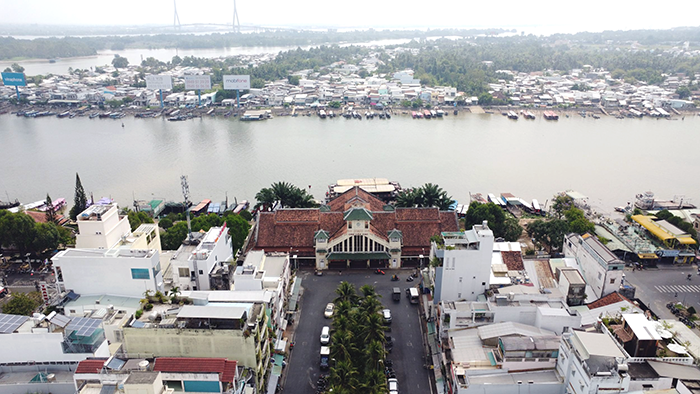
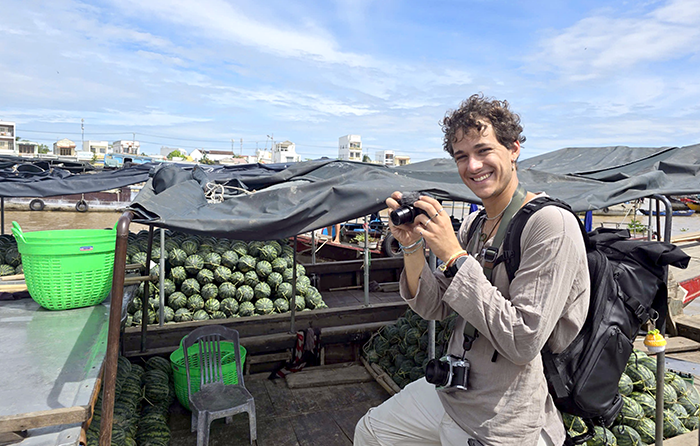
![[Photo] Prime Minister Pham Minh Chinh chairs the Government's online conference with localities](https://vphoto.vietnam.vn/thumb/1200x675/vietnam/resource/IMAGE/2025/10/5/264793cfb4404c63a701d235ff43e1bd)

![[Photo] Prime Minister Pham Minh Chinh launched a peak emulation campaign to achieve achievements in celebration of the 14th National Party Congress](https://vphoto.vietnam.vn/thumb/1200x675/vietnam/resource/IMAGE/2025/10/5/8869ec5cdbc740f58fbf2ae73f065076)



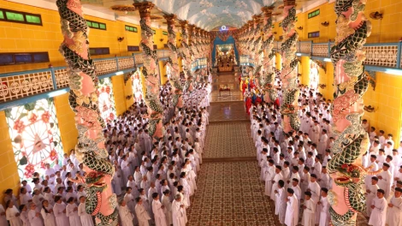

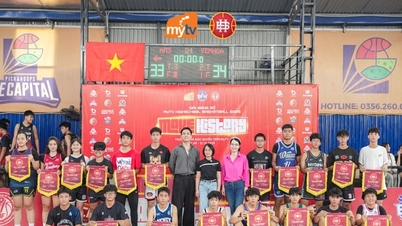

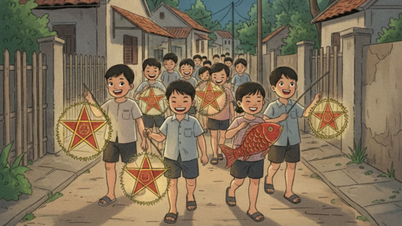

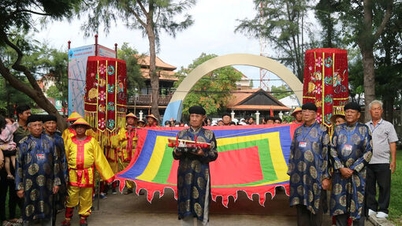
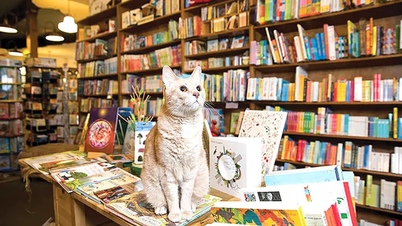
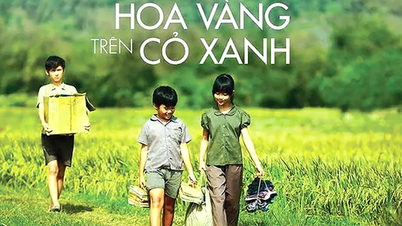




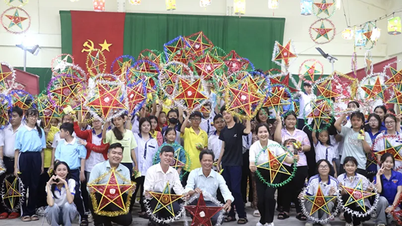

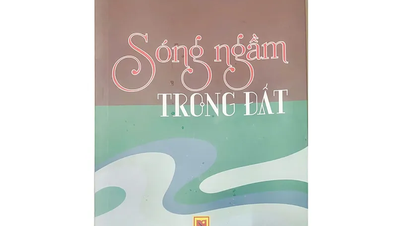
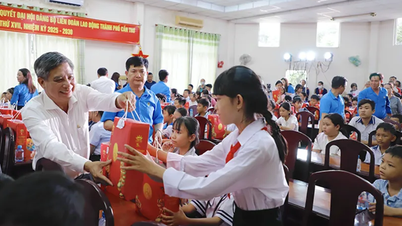
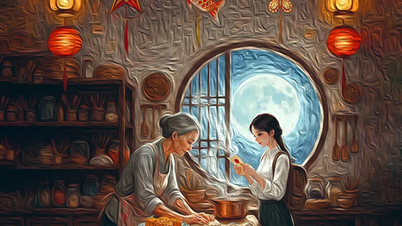
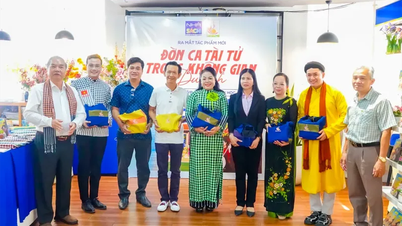



























![[VIDEO] Summary of Petrovietnam's 50th Anniversary Ceremony](https://vphoto.vietnam.vn/thumb/402x226/vietnam/resource/IMAGE/2025/10/4/abe133bdb8114793a16d4fe3e5bd0f12)

![[VIDEO] GENERAL SECRETARY TO LAM AWARDS PETROVIETNAM 8 GOLDEN WORDS: "PIONEER - EXCELLENT - SUSTAINABLE - GLOBAL"](https://vphoto.vietnam.vn/thumb/402x226/vietnam/resource/IMAGE/2025/7/23/c2fdb48863e846cfa9fb8e6ea9cf44e7)














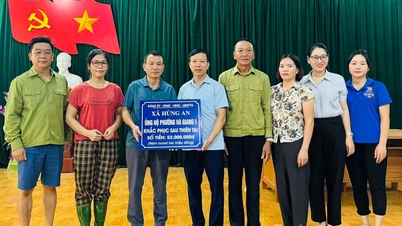




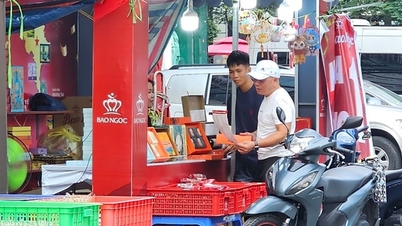












Comment (0)